Village Focus: Tragedies and tales of the past give Bishop Wilton plenty for the history books
The climb is just shy of two and a half miles and whichever way you tackle it, your car (or nerves) will protest a little.
Not least because of the talk, locally, that the road is haunted following a crash in the winter of 1947.
Advertisement
Hide AdAdvertisement
Hide AdLocal history accounts say it was the scene of a bad bus crash in the winter of 1947 and on occasions since then, passers-by on the road to Bridlington, have reported seeing “ghost” buses.
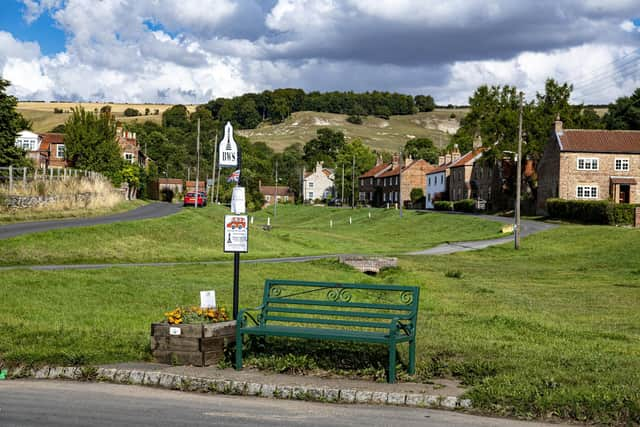

There is a cross at the top of the hill (which is some 800 feet high). It was erected in memory of King George VI, the late Queen’s father.
The Halifax family who reside at Garrowby Hall are behind it and a local history anecdote suggests the cross may have been the work of Edward, Lord Halifax, who was Foreign Secretary in the 1930s and nearly succeeded Neville Chamberlain in May 1940, instead of Winston Churchill.
The road was also the inspiration for artist David Hockney’s 1998 painting, entitled ‘Garrowby Hill’. He was inspired to paint the scene after visits to his mother in his native Yorkshire after moving to LA.
Advertisement
Hide AdAdvertisement
Hide AdNow, while this stretch of road points to hustle and bustle and links Stamford Bridge to Fridaythorpe on the popular route to the coast – a small diversion will take you to one one of the quieter and more unknown spots along the way.
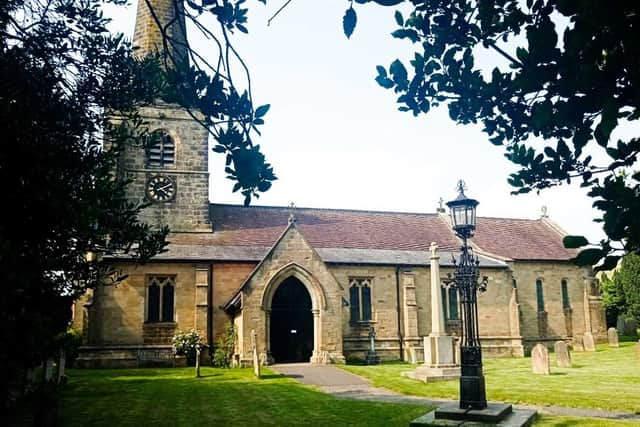

Garrowby Hill’s real name is Bishop Wilton Wold and a small distance away from the top of the hill is the village of Bishop Wilton.
Nestled in the shadows of the hills and centred around a picturesque village green it has all that you would expect and want from traditional village life.
The 2011 census stated Bishop Wilton parish had a population of 554 in 227 houses. The local school at its last Ofsted was said to have just 35 pupils in the whole school.
Advertisement
Hide AdAdvertisement
Hide AdThere is a community shop and cafe which is the hub of the village and, like so many rural enterprises have to be these days, is run by a team of volunteers.
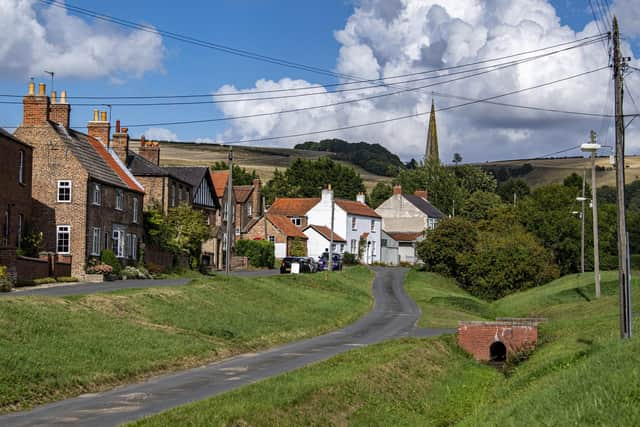

And of course, there is a local pub.
The Fleece Inn is just the job for a country local with a roaring fire, country decor and stools at the bar decked with real ales.
For a small village, the local church is quite a grand place and is not lacking in tales from the past. In fact religion can tell us quite a lot about the early history of Bishop Wilton.
The Garrowby Churches group – made up by the five parishes of St Edith’s, Bishop Wilton; St Andrew’s, Bugthorpe; All Saint’s, Kirby Underdale; St Mary’s, Full Sutton; St Mary’s, Kirpenbeck – can date St Edith’s prior to The Domesday Book.
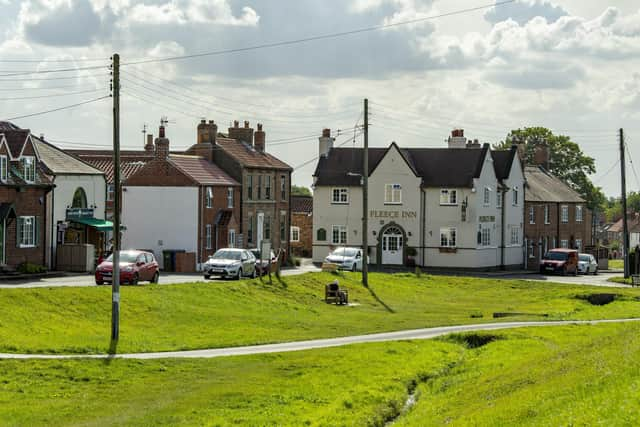

Advertisement
Hide AdAdvertisement
Hide AdHowever, back then in the eleventh century there was a village church and a village priest, and at that time the land was in the possession of the Archbishop of York. Sometimes, the dedication of St Edith’s has been attributed to Aeldred, Archbishop of York from 1061, who had previously been Bishop of Wiltshire where, at Wilton Abbey, St. Edith had taken Holy Orders which would marry up the connections to the East Yorkshire village and the names.
However, in his history of 1736, Francis Drake described how the Manor of ‘Wilton’ was amongst the lands given by Athelstan, King of Northumbria, who died in 939 AD, to Archbishop Wulstanus of York which would suggest that the origins of the village and village life are even older.
The manor at Bishop Wilton remained in the hands of the Archbishops of York until 1544 when it passed to the Crown.
Around the church Norman, Roman and Medieval carvings are evident as well as later work from Italian craftsmen.
Advertisement
Hide AdAdvertisement
Hide AdRuth Beckett writes: “Edith’s story is a fascinating one. Wulfthryth, the mother of Edith, was a lay member of the community at Wilton Nunnery. She had a child by King Edgar – this child was Edith – but soon returned to Wilton where Edith grew up. Edith died when just twenty-two years old and was buried at Wilton. She was elevated to sainthood by King Aethelred, her half-brother, and many miracles were recorded at her shrine.”
Over the years much has been written about Bishop Wilton and one of the most varied, in-depth and thorough accounts is via the work of the late Mike Pratt of the now disbanded Bishop Wilton Local History Group.
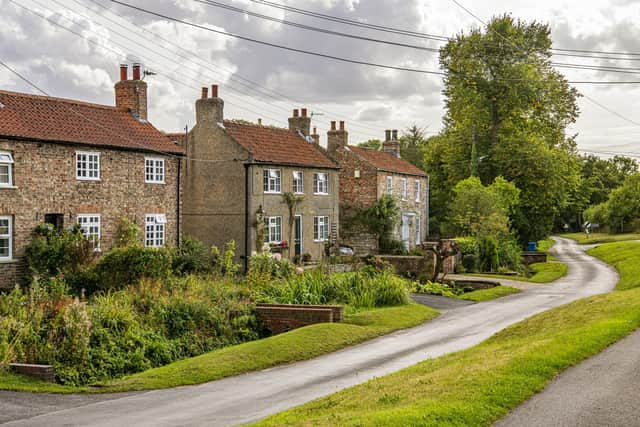

It recalls various stories including this tragic tale concerning Reverend Joseph Shooter and his wife Elizabeth from January 1842.
Already having suffered the death of one child three years prior, they were preparing to welcome another child to add to the family that included six sons and three daughters.
Advertisement
Hide AdAdvertisement
Hide AdOn this day the three elder boys were playing on a fozen pond and the elder fell through the ice into the freezing water. Both brothers attempted to rescue him but fell into the water and despite the efforts of villagers, they all drowned.
In June that year Elizabeth Shooter gave birth to a girl and named her Sophia. To add to the family sorrows, she fell victim to the prevalent high infant mortality rate, and died in May 1843 at the age of eleven months. Elizabeth outlived her husband Joseph and many of her children, dying in 1873 aged 79, the website, Bishop Wilton, a village and its background added.
Interestingly, their eldest surviving son Richard Walter Shooter attended St Catherine’s College Cambridge and was ordained deacon in 1857, Curate of Bishop Wilton 1857- 58, he was a Priest in York in 1859, Curate of Skipwith from 1858-60 and Vicar of Bugthorpe between 1861 and 1873.
At this point his name disappears from Crockford’s Clerical Lists, which could indicate either his death or his retirement from the church.
Advertisement
Hide AdAdvertisement
Hide AdThe history and the modern day life of Bishop Wilton remains in good hands. The National Lottery Heritage Fund recently allocated the St Edith’s PCC a grant of more than £45,444 for a project to repair three ancient church bells, allowing them to ring out once again over the village, and to print and publish a new book, “A Local History of Bishop Wilton”.
